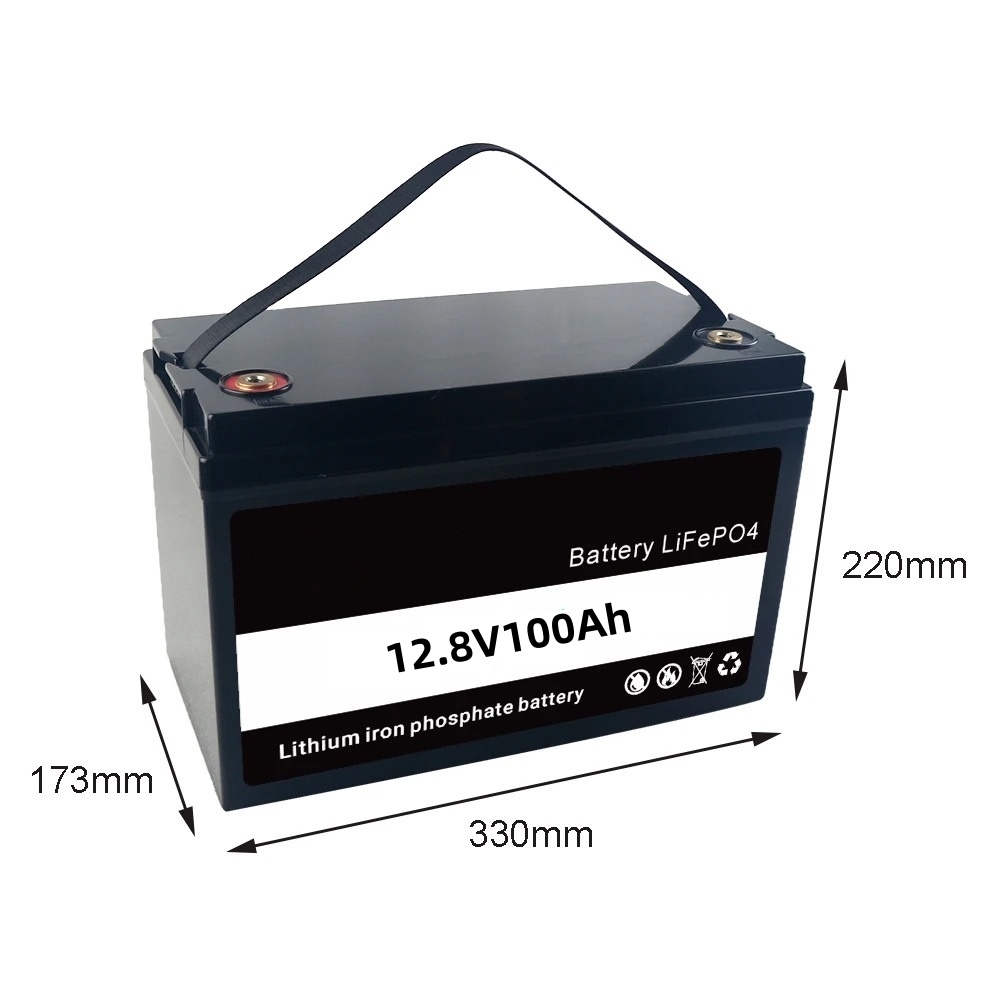As the demand for efficient energy storage solutions continues to rise, selecting the right battery pack has become increasingly important. Whether you are powering an electric scooter, golf cart, or a solar energy storage system, understanding the specifications and applications of energy storage battery packs is crucial. At huihang technology, we specialize in high-quality energy storage solutions, including our 100Ah 72V/96V Energy Storage Battery Pack designed for various applications. This blog will guide you through the essential factors to consider when choosing the right energy storage battery pack for your needs.

Understanding Energy Storage Battery Packs
Energy storage battery packs are systems designed to store electrical energy for later use. They are commonly used in applications such as renewable energy systems, electric vehicles, and backup power solutions. The choice of battery pack can significantly impact performance, efficiency, and overall satisfaction with the system.
Key Specifications of Huihang Technology’s Battery Pack
Before diving into how to choose the right battery pack, let’s take a closer look at our 100Ah 72V/96V Energy Storage Battery Pack:
- Nominal Voltage: 12.8V
- Capacity: 100Ah
- Dimensions: 384mm x 194mm x 255mm
- Charging Ratio: 50A-100A
- Discharge Rate: 100A-200A
- Battery Type: Lithium Iron Phosphate (LiFePO4)
- Warranty: 10 years
- Applications: Suitable for solar energy storage systems, RVs, marine use, AGVs, and golf carts.
These specifications highlight the versatility and reliability of our battery pack, making it suitable for various applications.
Factors to Consider When Choosing an Energy Storage Battery Pack
1. Application Requirements
The first step in selecting an energy storage battery pack is to define its intended application. Consider the following questions:
- What will you be powering? (e.g., electric scooters, golf carts, solar systems)
- What is your expected load? (e.g., how much power will be drawn from the battery?)
- How long will you need the power? (e.g., continuous use versus intermittent use)
Understanding your specific application will help narrow down your options.
2. Capacity and Voltage
Capacity is measured in amp-hours (Ah) and indicates how much energy a battery can store. Voltage indicates the electrical potential provided by the battery pack. When evaluating options:
- Calculate your energy needs: Estimate total energy consumption over a specific period to determine how much capacity you need.
- Match voltage requirements: Ensure that the voltage of the battery pack aligns with your application’s requirements.
3. Battery Chemistry
Different battery chemistries offer various advantages and disadvantages:
- Lithium Iron Phosphate (LiFePO4): Known for its safety, long cycle life, and thermal stability. Ideal for applications requiring longevity and reliability.
- Lead-Acid Batteries: More affordable but heavier and less efficient than lithium batteries. Suitable for applications where weight is less of a concern.
Choosing the right chemistry based on your needs can greatly affect performance.
4. Charge and Discharge Rates
The charging ratio indicates how quickly a battery can be charged, while the discharge rate shows how quickly it can deliver power:
- Consider your charging infrastructure: Ensure that your charging setup can accommodate the charging ratio of your chosen battery pack.
- Evaluate discharge requirements: Select a battery that can handle peak loads without compromising performance.
5. Size and Weight
The physical dimensions and weight of the battery pack are critical factors, especially if space is limited:
- Measure available space: Ensure that you have adequate space for installation while considering ventilation and accessibility for maintenance.
6. Cycle Life and Warranty
Cycle life refers to how many charge-discharge cycles a battery can undergo before its capacity significantly diminishes:
- Look for longer cycle life ratings: A longer cycle life translates to lower replacement costs over time.
- Review warranty terms: A robust warranty can provide peace of mind regarding the longevity of your investment.
7. Safety Features
Safety should always be a priority when selecting an energy storage solution:
- Check for built-in safety mechanisms: Features such as thermal management systems and overcharge protection can significantly enhance safety.
8. Cost Considerations
While it’s tempting to go for the cheapest option available, consider total cost of ownership:
- Initial purchase price: Compare prices among different brands and models.
- Long-term savings: Factor in efficiency, lifespan, maintenance costs, and potential savings from using renewable energy sources.
Huihang Technology's Energy Storage Solutions
At Huihang Technology, we offer a range of high-quality energy storage battery packs designed to meet various needs:
- 100Ah Lithium Iron Phosphate Battery Pack: Ideal for residential solar systems, electric vehicles, and portable applications.
Our team of experts is dedicated to helping you find the perfect energy storage solution tailored to your unique needs.
Conclusion
Choosing the right energy storage battery pack involves careful consideration of various factors including application requirements, capacity, chemistry, cycle life, efficiency, safety features, and cost. By understanding these elements and leveraging expert guidance from companies like Huihang Technology, you can make an informed decision that maximizes performance while minimizing costs.
If you have any questions or need assistance in selecting an energy storage solution that fits your needs, please don’t hesitate to reach out! Together, we can harness the power of efficient energy storage technology to meet your goals.


